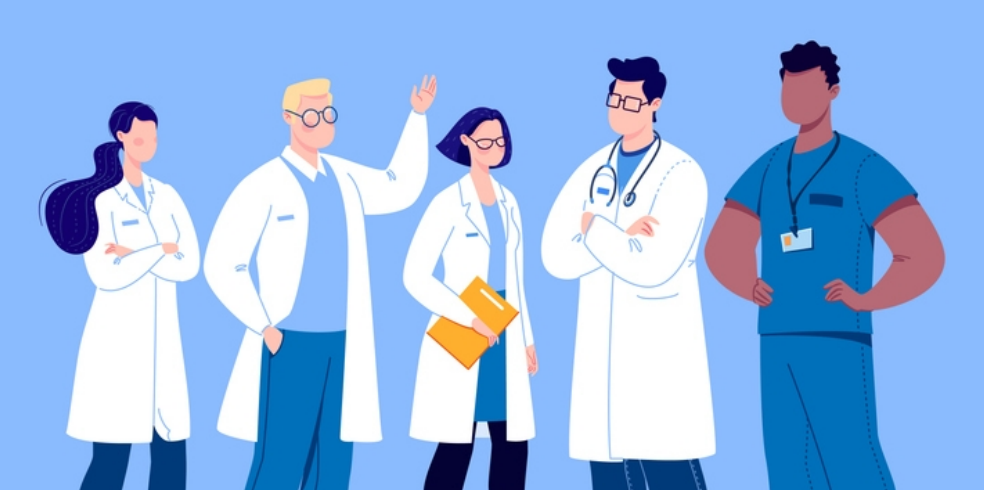In the modern push for productivity, it’s easy to fall into the trap of skipping breaks, eating at your desk, or pushing through fatigue. But research continues to affirm that strategic pauses throughout the day aren’t signs of laziness—they’re powerful tools for sustaining focus, preventing burnout, and boosting long-term performance.
The human brain isn’t built for nonstop concentration. It operates in cycles, with natural peaks of high energy followed by periods that demand rest. Studies have shown that after 90 to 120 minutes of focused work, cognitive fatigue begins to set in. As mental resources are depleted, accuracy declines, motivation dips, and problem-solving slows. A brief pause—even just a few minutes—allows the brain to reset and return to task with greater clarity and energy.
One of the most compelling data points comes from a productivity-tracking study by the Draugiem Group, which found that top-performing employees worked in focused sprints of around 52 minutes, followed by 17-minute breaks. This rhythm didn’t result in less output—it led to better focus, fewer mistakes, and more consistent productivity throughout the day.
Short breaks also have a measurable impact on stress and emotional resilience. A University of Illinois study published in 2021 demonstrated that small diversions improve sustained attention and reduce mental fatigue. These pauses—whether it’s stepping outside, chatting briefly with a coworker, or doing a breathing exercise—help the mind re-engage with tasks that have become monotonous.
There are countless ways to take meaningful breaks. Walking meetings allow for light movement while still engaging in productive conversation—research from Stanford shows walking can boost creative thinking by as much as 60%. Midday stretching increases circulation and reduces muscle tension, especially helpful for those working at a desk. Even power naps have a place; NASA found that a short 10- to 20-minute nap can improve alertness and performance by 34%. Digital eye strain, a common side effect of modern work life, can also be reduced with a simple method: every 20 minutes, look at something 20 feet away for 20 seconds to give your eyes a chance to reset. A few minutes of mindful breathing—sometimes called micro-meditation—has been shown to lower cortisol levels and ease mental fatigue.
Lunch breaks, though often neglected, are another critical opportunity for rest and rejuvenation. According to a Tork survey, nearly 40% of employees say they don’t feel encouraged to take lunch breaks. However, those who do take time away from their desks during the day tend to be more satisfied with their roles and more productive overall. Taking time to unplug, move around, and eat without multitasking allows both body and mind to recharge.
Culture also matters. Leaders and managers set the tone for whether breaks are viewed as part of a healthy workflow or a sign of disengagement. Encouraging five-minute breathers, modeling screen-free meals, or simply asking how someone’s break went can go a long way in building a resilient and high-performing team.
Breaks should be part of the rhythm of work—not a disruption to it. Whether it’s a short walk, a stretch, or a moment of stillness, these small moments support sharper focus, better energy, and sustainable success. So next time you hesitate to step away, remember: taking a break isn’t a luxury. It’s smart strategy.




